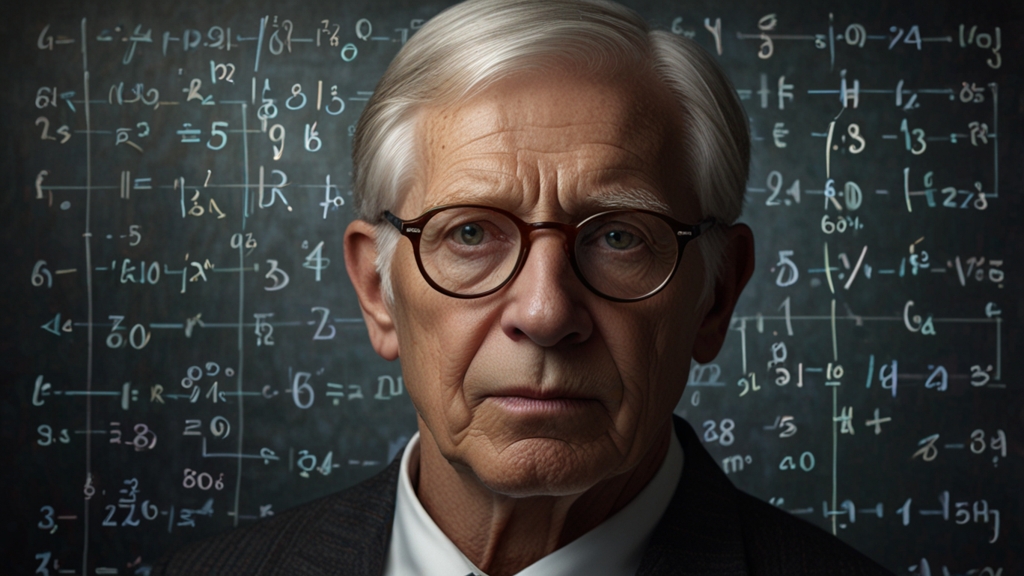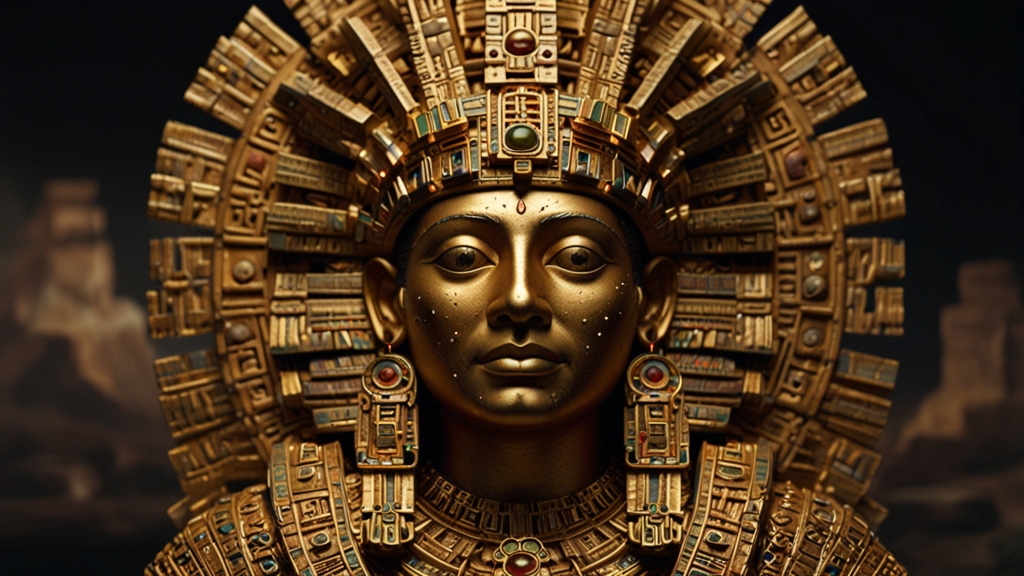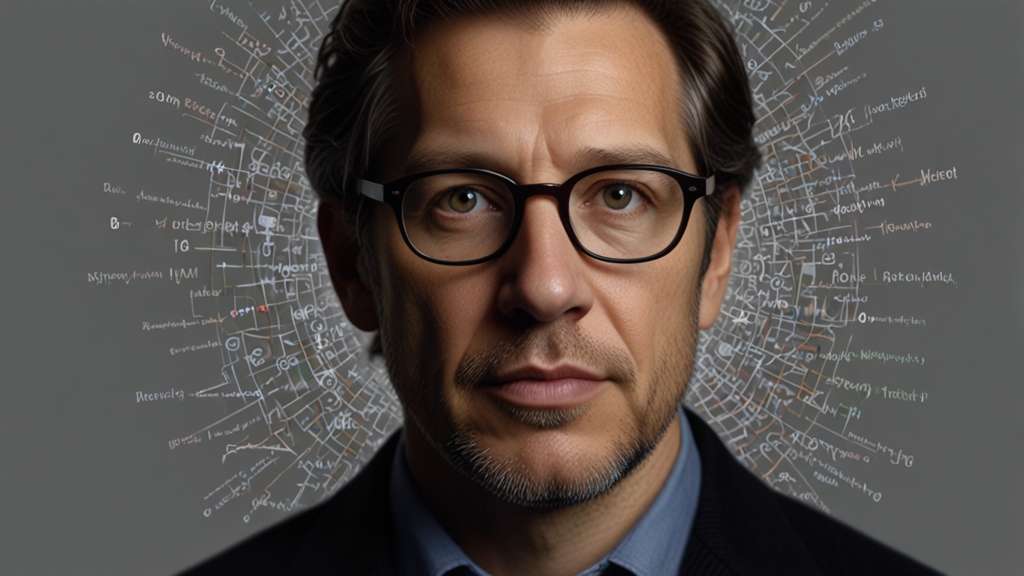Mind-Bending Math Problems You Can't Solve But Should Try
Mathematics has always been a field filled with challenges and mysteries. Some math problems are so difficult that they remain unsolved for decades, if not centuries. These mind-bending puzzles often stretch our understanding of mathematics and push the boundaries of human knowledge. Below are a few astonishing math problems that, although incredibly challenging, offer a tantalizing puzzle for anyone willing to take a shot.
The Collatz Conjecture
The Collatz Conjecture is one of those seemingly simple problems that hide a world of complexity within. Proposed by Lothar Collatz in 1937, the conjecture is straightforward:
"Take any positive integer n. If n is even, divide it by 2. If n is odd, multiply it by 3 and add 1. Repeat the process indefinitely. The conjecture states that no matter which number you start with, you will always eventually reach 1."
Despite its simplicity, no one has been able to prove or disprove this conjecture. It has been tested with computer algorithms up to very large numbers, but a general proof remains elusive. The Collatz Conjecture serves as a perfect example of how complex a seemingly simple mathematical question can be.
The Riemann Hypothesis
The Riemann Hypothesis is arguably the most famous unsolved problem in mathematics. Formulated by Bernhard Riemann in 1859, it concerns the distribution of prime numbers. The hypothesis is concerned with the zeros of the Riemann zeta function, a complex function that is deeply connected to the distribution of prime numbers. The hypothesis states:
"All non-trivial zeros of the Riemann zeta function have their real parts equal to 1/2."
This cryptic statement might seem incomprehensible at first glance, but its implications are monumental. A proof of the Riemann Hypothesis would unlock new understanding of prime numbers, which are the building blocks of number theory. Despite enormous effort by some of the best mathematicians over the last century, the hypothesis remains unproven.
Goldbach's Conjecture
Another enduring puzzle in the realm of number theory is Goldbach's Conjecture. Proposed by Christian Goldbach in 1742, it suggests:
"Every even integer greater than 2 can be expressed as the sum of two prime numbers."
For example, 4 can be written as 2 + 2, 6 as 3 + 3, and 8 as 3 + 5. While it has been verified for very large numbers using computers, a general proof for all even integers remains undiscovered. A solution to Goldbach's Conjecture would have profound implications in the field of number theory and would close a chapter in one of mathematics' oldest problems.
The P vs NP Problem
The P vs NP problem is a fundamental question in computer science but has deep mathematical roots. It asks whether every problem whose solution can be quickly verified (in polynomial time) can also be solved quickly (again, in polynomial time). In other words:
"Is P equal to NP?"
This seemingly simple question has profound implications for various fields, including cryptography, algorithm design, optimization, and beyond. If P were equal to NP, it would mean that problems considered difficult could be solved as easily as they could be checked—thus revolutionizing computing and problem-solving. However, most experts believe that P is not equal to NP, although no one has managed to provide a formal proof.
Conclusion
While these mind-bending math problems might seem unsolvable, they offer a fertile ground for curiosity and exploration. Engaging with these puzzles not only hones your critical thinking skills but also immerses you in the rich history and profound beauty of mathematics. Who knows? You might be the one to crack the code and solve one of these enigmatic problems, changing the world of mathematics forever.
So, go ahead—give these problems a try. Even if you don't find a solution, the journey itself can be incredibly rewarding.













